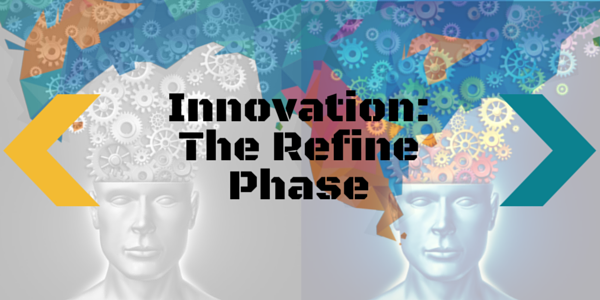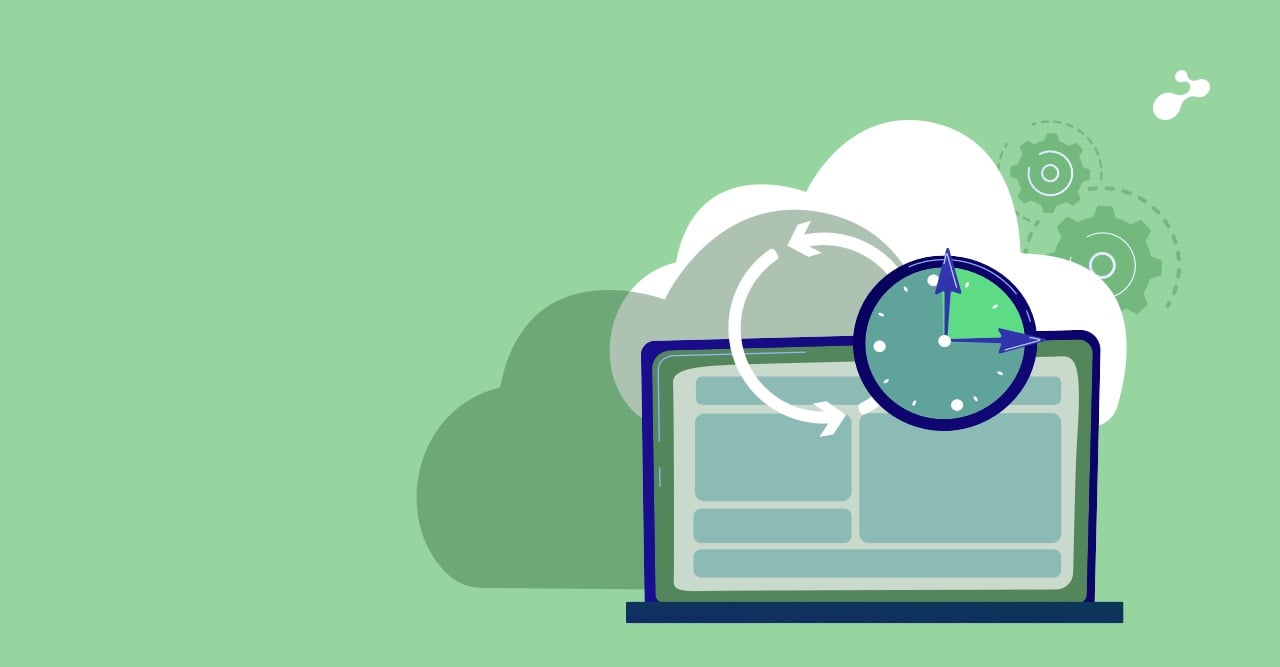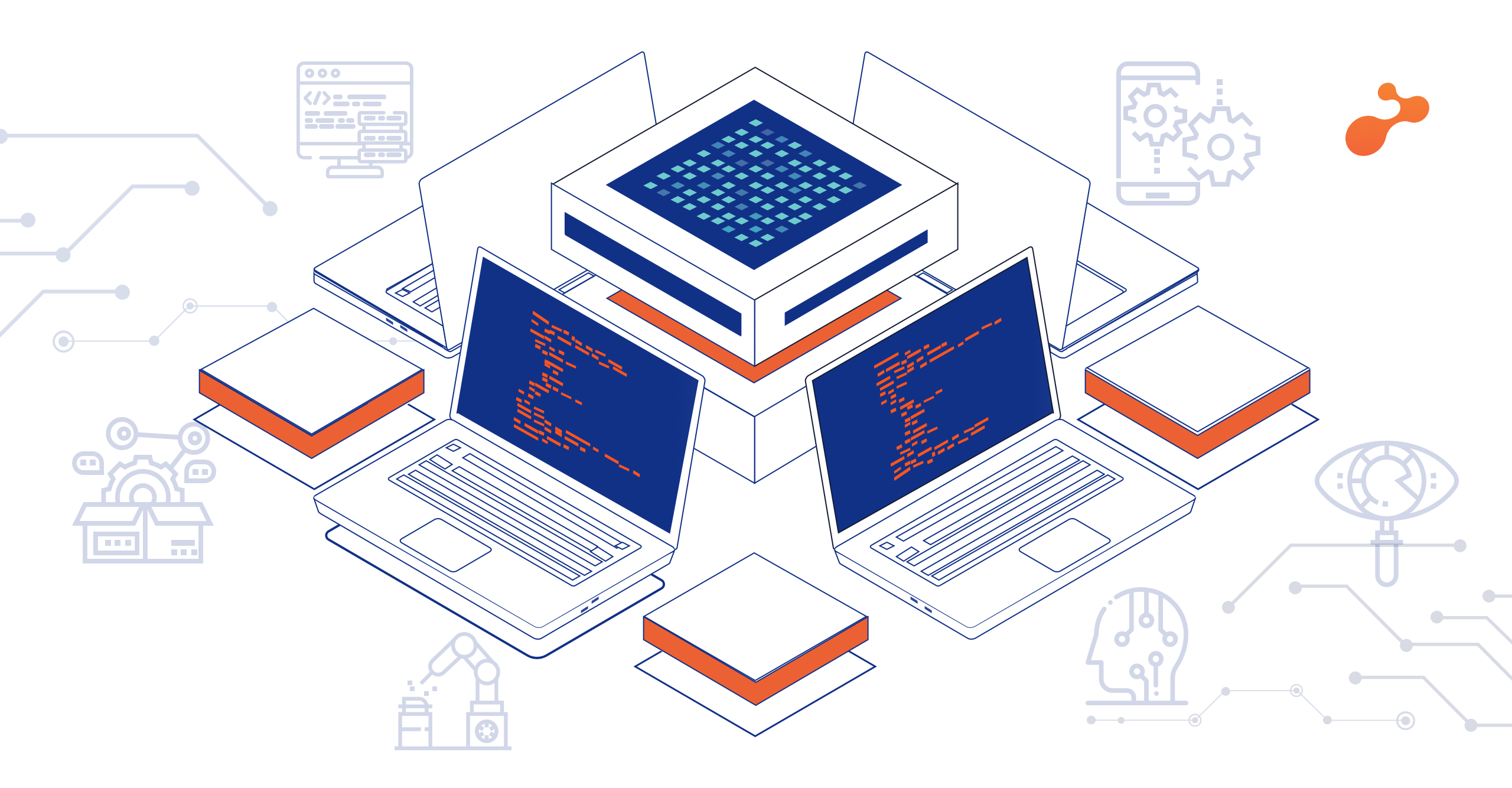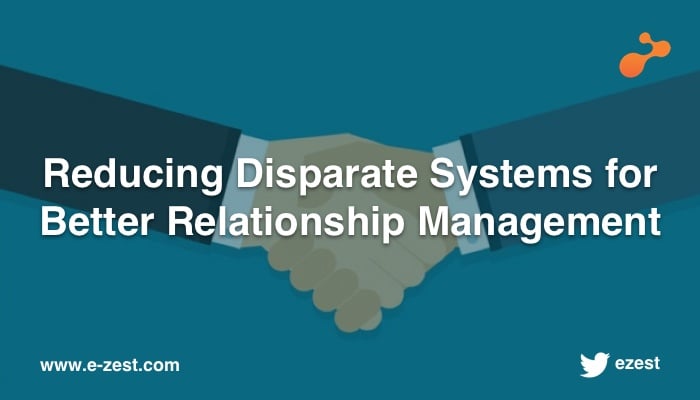
“I like you a lot but unfortunately you are not my (proto)-type”
- From the trueststoriesever diary
A book titled ‘Design Thinking’ by Tim Brown had a very memorable anecdote on prototype creation. In that, a designer quizzes a surgeon on the type of surgical equipment that is desired. As the surgeon explains that he needs something more like a pistol, another designer duct-tapes a duster to a marker to create a pistol-looking thing. This gets a positive nod from the surgeon and the rest pans out as a poster-boy for innovation success stories.
Refining the ideas that came out of the Invention or Ideation phase requires breathing life into those ideas and getting the customers’ reactions to it. ‘Can I get it in sea green?’, ‘What happens if I unplug it’ and other such feedback. It is important to invite complete, unabashed feedback on the prototype, incorporate changes and possibly present it again. ‘This sea green looks beautiful’, ‘Now that I have unplugged it, what can’t it do?’
But how to create these prototypes in the first place?
Use anything that’s cheap to get! Styrofoam models, raw HTML controls, glue and paper etc. The participating material is not important, since it is expected that the customer is involved and you get to present your prototype (and not rely on first impressions to do the trick). Here, the presence of the customer is very important. In the Discover and Invent phase, we did see that if involving the customer were to get too costly, we could go into a direct Invent phase.
However, in the Refine phase, this corner cannot be cut. Some sort of feedback must be gathered from the client to validate all our brilliant ideas during the Invention. This is where we must prevent ourselves from falling into the ‘Eureka Pit’. The Eureka pit is a state of ecstasy our mind gets into when we start generating, what we feel are world-beating ideas. The problem with this state of mind is a sense of immense good-feeling that misleads us into the establishment of correctness. “I just came up with this Deathstar-esque prototype. This is just so awesome. Let’s go for product launch! Launch the Deathstar. Oh my god, this is just so awesome…” This feeling of awesomeness is rudely squashed when the customer finds our ideas too lofty and diverted from what he wanted. “All I wanted was a nail-cutter, not a Swiss-knife wannabe!”
The reason for hammering home the agenda of compulsory customer involvement is to leverage the idea, ‘fail fast to succeed more’. If our greatest idea is slated to fail in the snares of the market, it is better to know of it as early as possible. We can then go into re-designing or re-whatever and come up with something that will work. To this end, prototype presenters must be seasoned interactive presenters.
Some experts have believed that the ‘dumbest’ of prototypes, if accompanied by a skilled presenter can elicit wonderful client insights. Such presenters are very patient, gentle and know to take things at the pace of the listener. They would not be jumping eagerly to present that great feature they so painstakingly created. They would wait, wait and then wait some more to hear out what the customer has to say and then present the winning feature. And the clincher: The presenter doesn’t attempt to sell it. No matter how tempting it is, the customers meeting at this stage is just not supposed to be a sales meeting. (Something that is very easy to state, but very, very hard to internalize and implement). Inviting criticism, questions, suggestions and comments must be the key agenda.
This process also must undergo a few iterations. We prototype and present, get the feedback and then we again get into modifying the prototype. How long do we keep doing it? It is good to note that getting a 100% satisfaction index is just not feasible. It is better to go for a few planned iterations and get the most major, glaring concerns out of the way. Major, glaring concerns are those that are flagged by most people we are presenting to. Hearing the same concerns during the second iteration, aggravates the ‘majorness’ of the concern. If the way we addressed the concern seems unclear to the onlooker, no attempt must be made to re-explain how we are actually correct. What we must take back is we need to prototype a bit more and better.
Successful innovation consists of a carefully designed process executed under the constraints imposed by business commitments and allocations. The best innovators do not complain about these constraints. They rather enjoy these acid tests and know this is what separates the wheat from the chaff. The process of Discover, Invent and Refine is a very powerful framework to drive Innovation projects with predictable and useful results. Refining as we saw, is very much iterative which is also in the spirit of innovation itself. Inventing calls upon different creative minds to suggest all bold, beautiful, murky and edgy ideas to solve problems. The problems? Well that’s what we have the mighty Discover phase for!
Innovation continues to be a very sought after expertise due to its tempting promises. With the D-I-R in place, adding another chapter in the success pages of innovation is well within reach.





